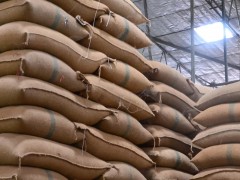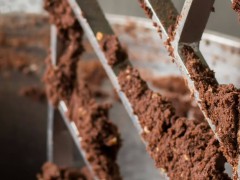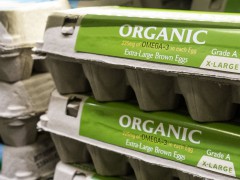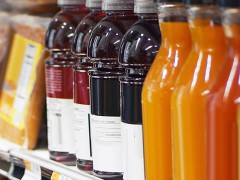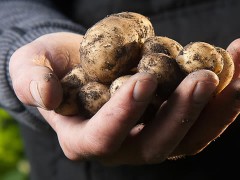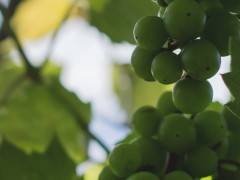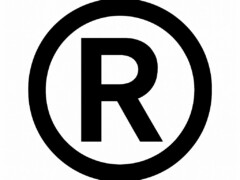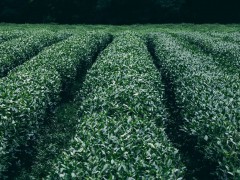The FDA’s rules on characterizing flavor are now fueling a wave of citric acid labeling lawsuits across the food industry. Specifically, 21 C.F.R. 101.22(i) outlines when companies must disclose the use of natural or artificial flavoring ingredients.
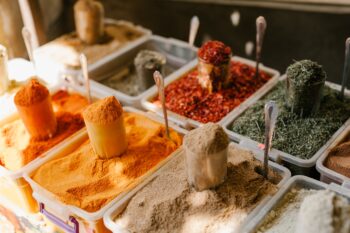
Pretty colors. Vivid flavors. Make sure it’s correctly labeled, or catch a few citric acid lawsuits.
These rules are familiar to any food shopper. You’ve seen statements like “Natural Vanilla Flavor” or “Artificially Flavored Grape” on countless packages. But behind those labels is a complex regulation with real legal consequences. For example, if a company sells “blueberry muffins” with no actual blueberries—just flavor additives—it must clearly disclose that substitution. Failing to do so could expose a brand to artificial flavor legal claims. As a result, accurate labeling has become a frontline defense for food companies navigating regulatory risk.
Summarizing a Confusing Rule
The characterizing flavor rule found at 21 C.F.R 101.22(i) is dizzyingly verbose, but here is a breakdown of the disclosure requirements. Throughout the breakdown, we’ll use a pack of blueberry muffins as an example:
- If the characterizing ingredient is sufficient to fully flavor the food without assistance from flavor ingredients, then one can simply label the food as a “blueberry muffin”.
- Some products include a flavor ingredient derived naturally from the simulated food. The characterizing flavor statement must label the product as “Naturally Flavored.” For instance, if a “blueberry muffin” lacks blueberries but incorporates flavors derived from real blueberries, the marketing should designate the product as “Natural Blueberry Flavor”.
- Some products contains a flavor ingredient derived naturally from the simulated food and other natural flavors that “support” the characterizing flavor. The disclosure on these products should explicitly mention the presence of these “supporting” flavors. For example, a Blueberry Muffin flavored in this manner should state “Natural Blueberry Flavor, with other natural flavors.”
- A marketer must consistently disclose “Artificial flavors” when utilizing an artificial flavor. The “artificial” disclosure can be mixed with the above disclosures. For instance, a typical statement could read “Naturally and Artificially Flavored Blueberry Muffin.”
- This last example can be kind of mind-bending. Some products have natural flavors, but none of these flavors originate from the simulated food. For instance, if a blueberry muffin had natural flavors in it but none of the flavors came from blueberries, then the label must disclose either of the following:
- Characterize the food as “artificially flavored” (even if all the flavors are natural)
- The food must specify the natural flavor being used. This could result in some peculiar outcomes, such as “Blueberry muffin with Natural Grape Flavor”. No customer is going to understand that!
Risk Mitigation Strategy: Label Review
Whenever we conduct a Label Review on a product with a characterizing flavor, we always examine the Product Specifications provided by the flavor supplier. Reading this regulation can be challenging, but once understood, ensuring compliance typically becomes a paint-by-numbers exercise.
Complying with 21 C.F.R 101.22(i) becomes more complicated when food products contain dual-purpose ingredients. Certain dual-purpose ingredients serve as both preservatives and flavor agents. Citric acid and malic acid are examples of ingredients performing both preservative and flavoring roles. This is where the class action plaintiff’s attorneys come in. We’ll have a related post on this in a few days.
If your company is the subject of a citric acid labeling suit, contact us for a free consultation.


